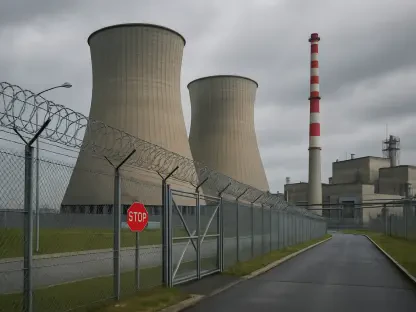The global oil market is in a state of flux, influenced by shifting economic landscapes and intricate trade agreements. Amidst this backdrop, Saudi Aramco stands as a noteworthy player, with eyes fixed on the evolving demand for oil rooted in global trade negotiations. Amin Nasser, CEO of Aramco, predicts steady to rising oil demand, a vision deeply intertwined with ongoing tariff discussions between major economic powerhouses such as the United States and China. As these negotiations progress, the potential for increased market demand looms, offering a glimpse into where future oil dynamics may head. Despite facing challenges, including a first-quarter profit drop of 4.6% due to lower sales and heightened costs, Aramco’s optimism remains unshaken, supported by its robust financial standing. In response to these complex circumstances, Saudi Arabia is intensifying efforts to diversify its economy, albeit scaling back some ambitious projects to maintain balance.
The Impact of Trade Negotiations on Oil Markets
The oil industry stands at a crucial crossroads, significantly impacted by the OPEC+ group’s recent decision to boost production. An anticipated addition of 2.2 million barrels per day by November’s end could enhance Aramco’s annual cash flow by $1.9 billion, highlighting the organization’s strategic adaptability amid fluctuating oil demand and supply. Yet, ongoing trade negotiations between powerhouses like the U.S. and China introduce uncertainties, making market stability difficult to predict. These complex discussions could either provide new prospects or bring unforeseen challenges, contingent upon their outcomes. Aramco’s resilience is evident in its ability to navigate these fluctuations, demonstrating strategic flexibility and readiness to capture market opportunities. Such adaptability is imperative as economic shifts and geopolitical dynamics constantly shape the oil market. As trade agreements influence demand patterns, major oil players like Saudi Aramco must continue to innovate and leverage robust frameworks for sustained growth.









